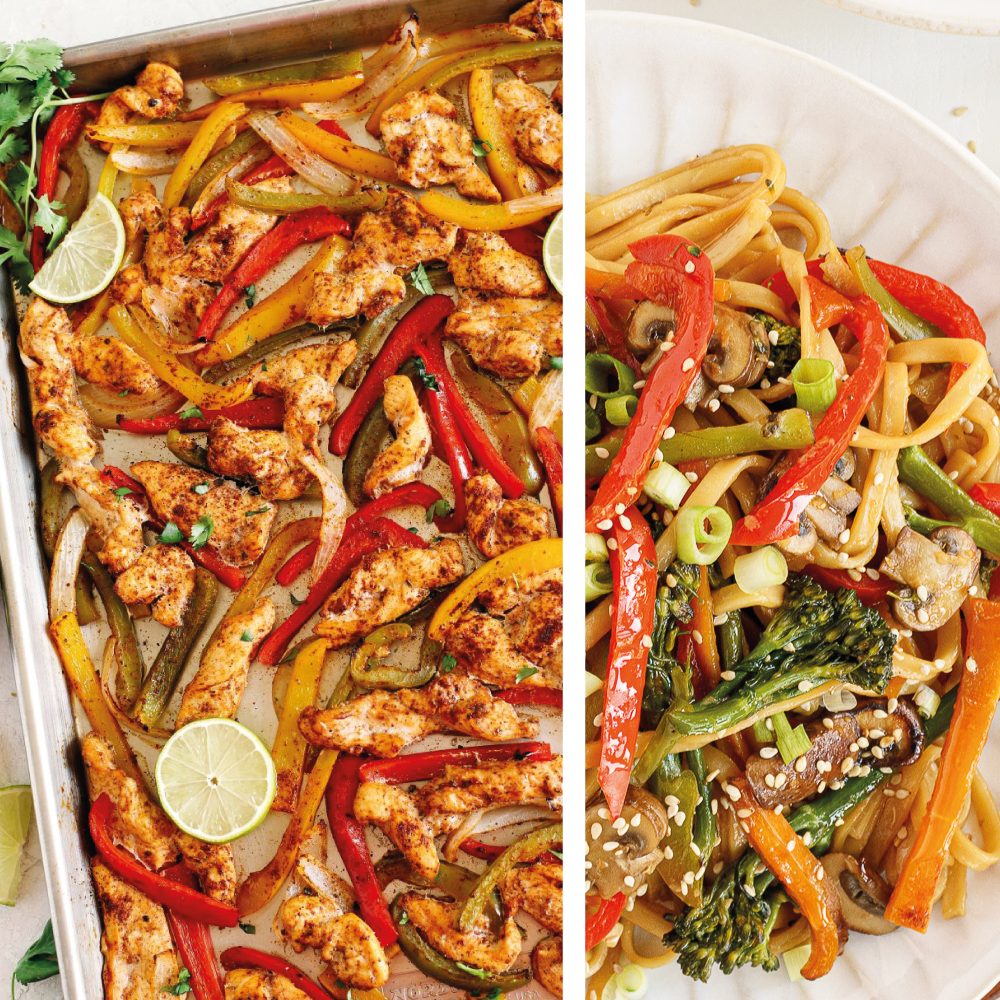Quick and Easy Dinner Meals for Busy Lives
Introduction: The Modern Dinner Dilemma
In today’s fast-paced world, finding time to prepare nutritious and delicious dinners can be a challenge. Long work hours, family commitments, and social obligations often leave little time for elaborate meal preparation. However, a satisfying dinner remains an essential part of a healthy lifestyle and provides a valuable opportunity for families and friends to connect. The good news is that preparing a tasty dinner doesn’t have to be time-consuming or complicated. With the right recipes, techniques, and ingredients, anyone can create appetizing meals in a matter of minutes.This blog post will explore a variety of easy dinner meals that cater to different tastes, dietary needs, and skill levels.
From one-pot wonders to sheet pan meals, from vegetarian delights to protein-packed dishes, these recipes will help streamline the dinner-making process without sacrificing flavor or nutrition. Moreover, these meals often require minimal cleanup, making them perfect for busy weeknights. By incorporating these easy dinner ideas into your routine, you can reduce stress, save time, and still enjoy delicious, home-cooked meals. Whether you’re a novice cook or an experienced chef looking for quick options, these recipes will provide inspiration and practical solutions for the eternal question: “What’s for dinner?”
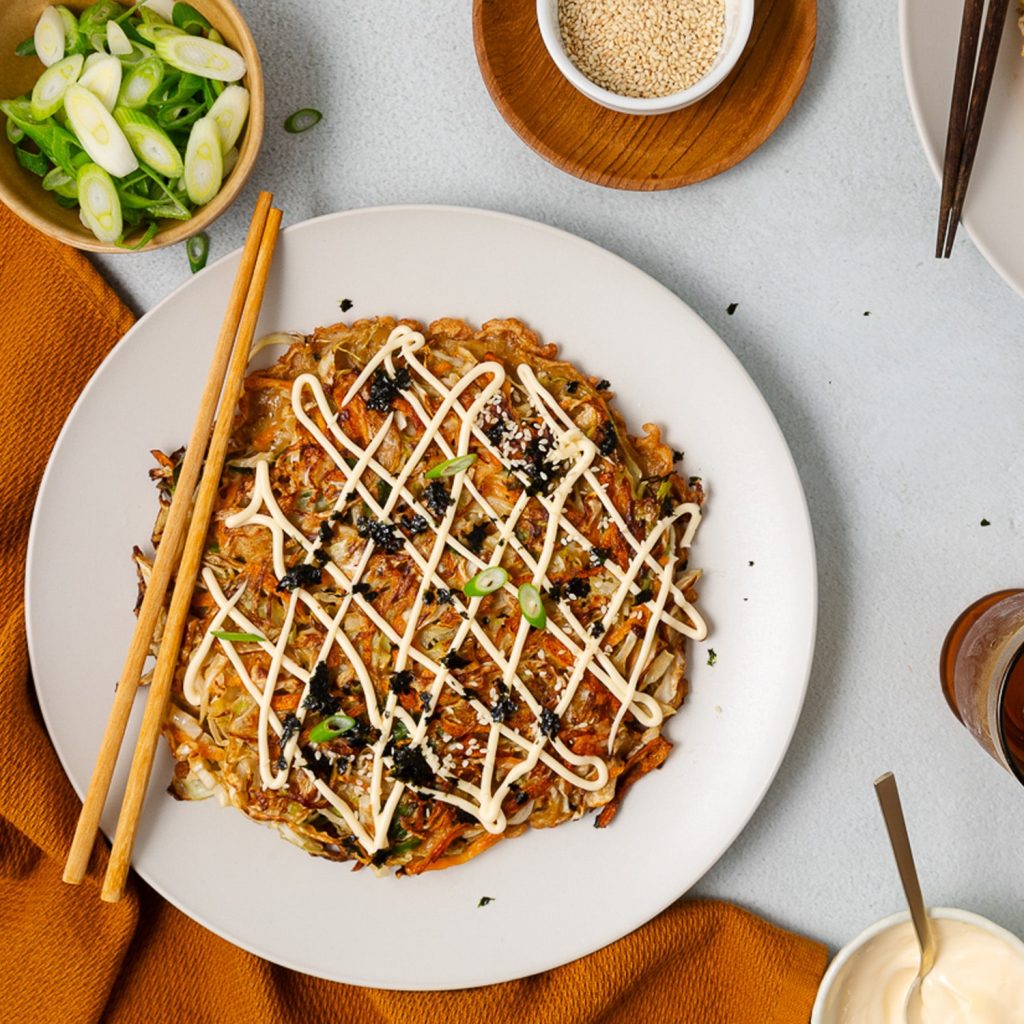
One-Pot Wonders: Simplicity in a Single Vessel
One-pot meals offer the ultimate convenience in easy dinner preparation. These dishes combine all ingredients in a single cooking vessel, whether it’s a large pot, Dutch oven, or deep skillet. This approach not only simplifies the cooking process but also significantly reduces cleanup time. One-pot meals often involve layering flavors, with each ingredient contributing to a rich, complex taste profile. Popular one-pot dishes include hearty soups, stews, casseroles, and pasta dishes. For instance, a classic one-pot pasta combines uncooked pasta, vegetables, and protein in a single pot with just enough liquid to cook the pasta and create a sauce simultaneously.
Another favorite is the one-pot chicken and rice, where seasoned chicken pieces cook alongside rice and vegetables, infusing the entire dish with flavor. Vegetarian options like lentil curry or bean chili are equally satisfying and protein-rich. The beauty of one-pot cooking lies in its flexibility; recipes can easily be adapted based on available ingredients or personal preferences. Additionally, many one-pot meals can be made in large batches, providing leftovers for busy days ahead. This cooking method also tends to be more energy-efficient, as it requires only one heat source. For those new to cooking or those looking to simplify their dinner routine, one-pot meals offer an excellent starting point, combining ease of preparation with delicious results.
Sheet Pan Meals: Oven-Baked Simplicity
Sheet pan meals have gained popularity as a convenient and versatile dinner solution. These meals involve arranging all ingredients on a single baking sheet and cooking them together in the oven. This method allows for hands-off cooking, freeing up time for other tasks while dinner prepares itself. Sheet pan meals typically combine a protein source with vegetables and sometimes starches, all seasoned to complement each other. The key to successful sheet pan cooking lies in choosing ingredients with similar cooking times or adding items to the pan in stages. For example, a classic sheet pan chicken fajita recipe might start with sliced bell peppers and onions, joined later by seasoned chicken strips to ensure everything cooks evenly.
Fish and seafood also work well in sheet pan meals, as they cook quickly and pair beautifully with a variety of vegetables. Vegetarian options might include a medley of roasted vegetables with chickpeas or tofu for protein. One of the advantages of sheet pan cooking is the caramelization and browning that occurs, adding depth of flavor to the dishes. Additionally, the minimal oil required for most sheet pan recipes makes them a healthier alternative to some stovetop cooking methods. Clean-up is a breeze with sheet pan meals, especially when lining the pan with parchment paper or foil. This cooking method is particularly useful for batch cooking or meal prepping, as larger quantities can be prepared at once and portioned for future meals.
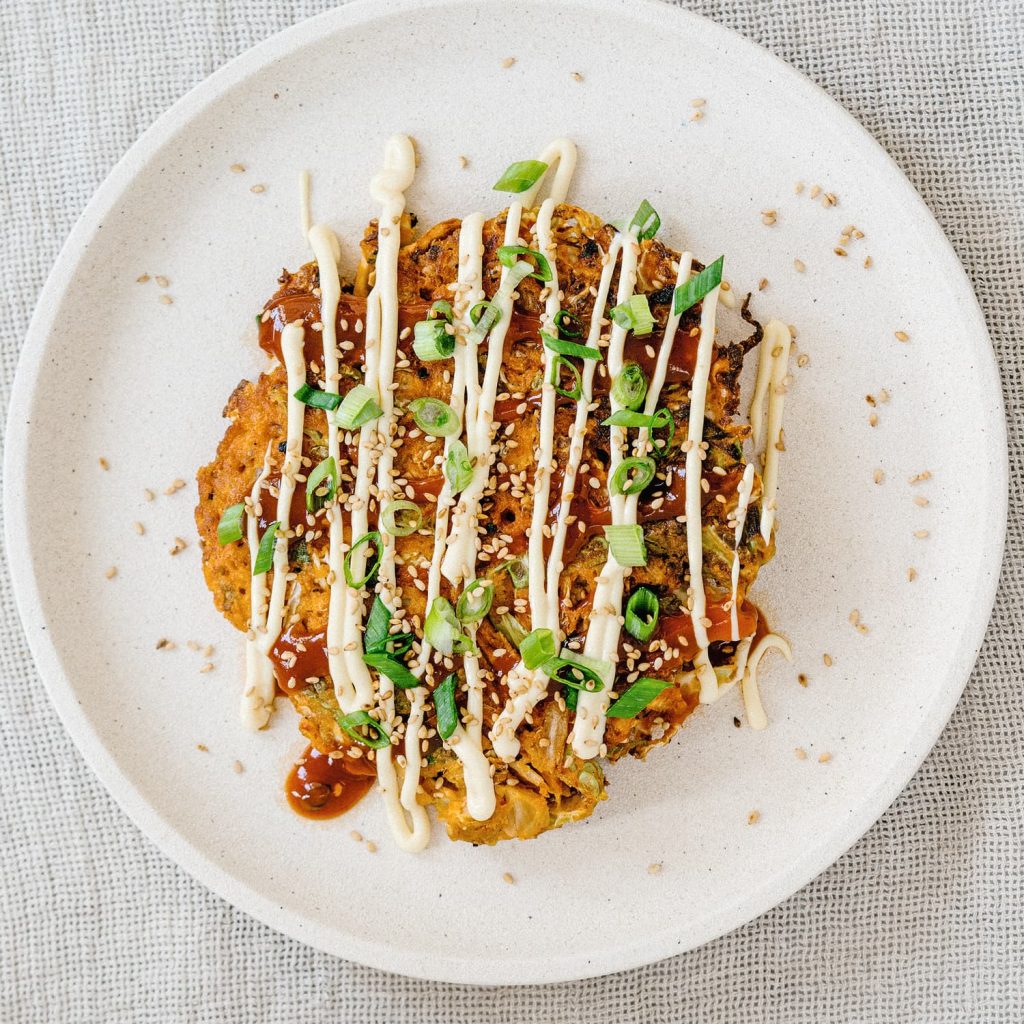
Stir-Fry Sensations: Quick Cooking with Big Flavors
Stir-frying stands out as one of the fastest cooking methods, perfect for creating flavorful dinners in minutes. This technique, originating from Asian cuisine, involves cooking small pieces of food quickly over high heat while constantly stirring. The result is a dish with crisp-tender vegetables and well-cooked proteins, all enveloped in a savory sauce. Stir-fries are incredibly versatile, accommodating a wide range of ingredients based on preference or availability. A basic stir-fry might include bite-sized pieces of chicken, beef, pork, or tofu, combined with a variety of colorful vegetables like bell peppers, broccoli, carrots, and snap peas.
The sauce, often a combination of soy sauce, garlic, ginger, and other aromatics, ties the dish together and infuses it with flavor. One of the keys to successful stir-frying is preparation. Having all ingredients chopped and ready before starting to cook ensures the process goes smoothly, as the actual cooking time is very short. Another important factor is using a large, flat-bottomed wok or skillet to allow ingredients to cook evenly. Stir-fries are not only quick to prepare but also tend to be healthier than many other fast dinner options, as they use minimal oil and retain more nutrients due to the short cooking time. They’re also an excellent way to incorporate a variety of vegetables into your diet. Served over rice or noodles, a stir-fry becomes a complete, balanced meal that can be on the table in less than 30 minutes.
Salad Suppers: Fresh and Fast
Salads for dinner have evolved far beyond the basic lettuce and tomato combination. Today’s dinner salads are hearty, nutritious, and satisfying enough to stand alone as a main course. These meals are not only quick to prepare but also offer a refreshing alternative to heavier dinner options, especially during warmer months. The key to a successful dinner salad lies in balancing different flavors, textures, and nutritional elements. A base of leafy greens provides fiber and vitamins, while a protein source such as grilled chicken, hard-boiled eggs, canned tuna, or beans adds substance and staying power. Adding a variety of raw or roasted vegetables increases the nutritional value and brings different textures to the dish.
Nuts or seeds contribute healthy fats and a satisfying crunch, while cheese can add richness and flavor. Fruits, whether fresh, dried, or candied, introduce a touch of sweetness that complements savory elements. The dressing ties everything together and can significantly influence the overall flavor profile of the salad. Examples of hearty dinner salads include a classic Cobb salad, a Greek-inspired salad with feta and olives, or an Asian-influenced salad with mandarin oranges and a sesame dressing. For added convenience, many components of dinner salads can be prepared in advance and assembled just before serving. This makes them an excellent option for meal prepping or for quick assembly on busy evenings. Dinner salads also offer endless possibilities for customization, allowing for easy adaptation to personal tastes or dietary restrictions.
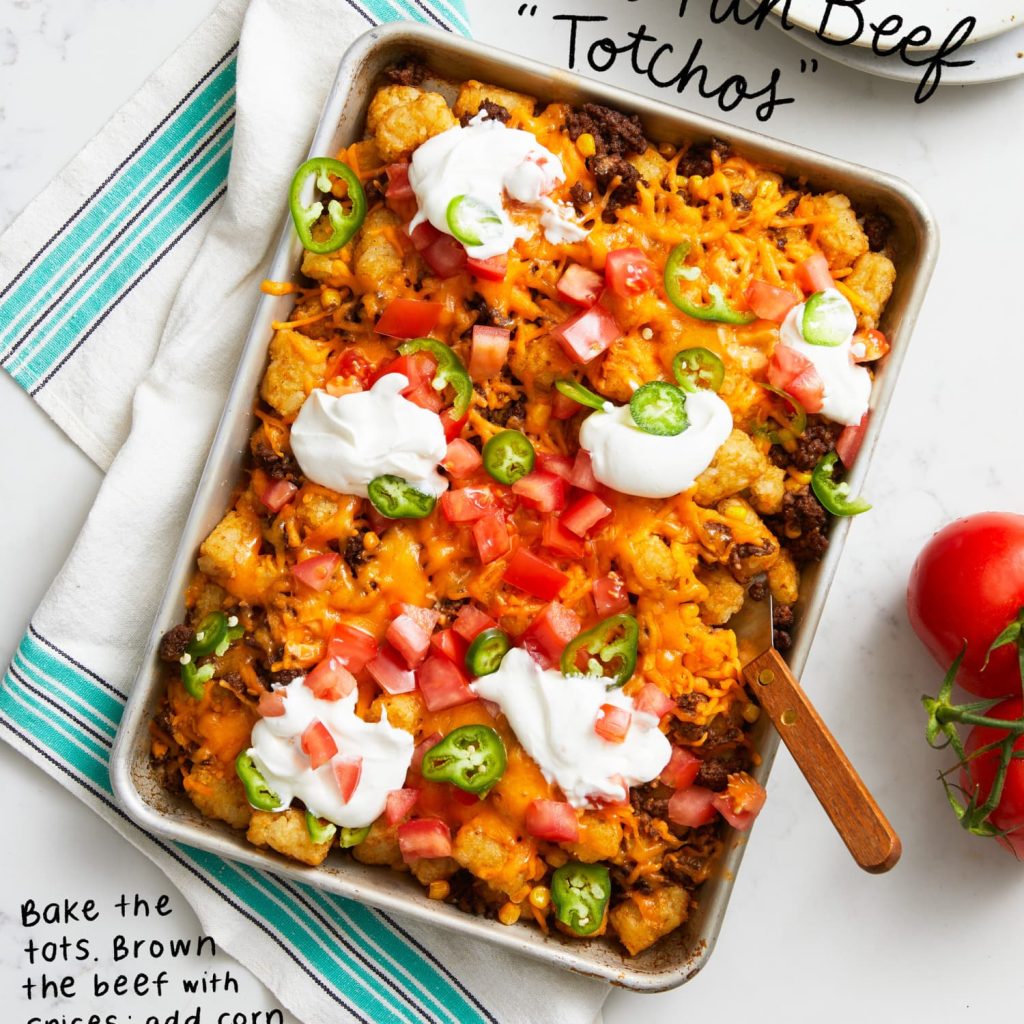
Breakfast for Dinner: Morning Favorites at Night
The concept of breakfast for dinner, often referred to as “brinner,” has gained popularity as a quick and comforting dinner option. This approach involves preparing traditional breakfast foods for the evening meal, offering a fun twist on dinner while taking advantage of typically quick-cooking breakfast ingredients. Eggs often take center stage in breakfast-for-dinner meals due to their versatility and high protein content. Dishes like omelets, frittatas, or breakfast burritos can easily incorporate vegetables, cheese, and meats for a well-rounded meal.
Pancakes and waffles, while often considered sweet breakfast items, can be given a savory twist for dinner by adding herbs to the batter and topping them with vegetables or meat instead of syrup. Another popular option is breakfast sandwiches, which can be customized with various breads, proteins, and toppings. For a heartier meal, breakfast hash combines potatoes with vegetables and protein, often topped with eggs for added richness. The appeal of breakfast for dinner lies not only in its simplicity and speed but also in its comfort food status.
Many breakfast foods evoke feelings of warmth and nostalgia, making them perfect for a relaxing evening meal. Additionally, breakfast foods tend to be less expensive than traditional dinner ingredients, making this an economical choice. From a nutritional standpoint, breakfast for dinner can be a balanced meal when it includes a mix of proteins, complex carbohydrates, and vegetables. This dinner option is particularly useful on busy nights when time is limited, as most breakfast dishes can be prepared in under 30 minutes.
Slow Cooker Delights: Set It and Forget It
Slow cookers, also known as crock-pots, offer a convenient solution for those who want to come home to a hot, ready-to-eat dinner. This method of cooking involves placing ingredients in the slow cooker in the morning or before leaving for work, allowing the meal to cook slowly over several hours. By the time dinner rolls around, a fully cooked, flavorful meal is waiting. Slow cookers are particularly well-suited for tougher cuts of meat, which become tender and flavorful when cooked at low temperatures for extended periods.
Classic slow cooker recipes include pot roast, beef stew, and pulled pork. However, the versatility of slow cookers extends far beyond these traditional dishes. Soups, chilis, and casseroles are all excellent candidates for slow cooking. Vegetarian options like lentil curry or vegetable lasagna can also be successfully prepared in a slow cooker. One of the advantages of slow cooking is the development of rich, complex flavors as ingredients simmer together for hours.
This method is also energy-efficient and can help keep the kitchen cool on hot days. Many slow cooker recipes require minimal preparation, often just involving chopping vegetables and measuring out ingredients. Some recipes even allow for placing frozen meat directly in the slow cooker. Though this practice requires careful attention to food safety guidelines. While slow cooker meals require forethought. They significantly reduce the time spent actively cooking in the evening, making them an excellent option for busy households.
Sandwich and Wrap Creations: Handheld Meals
Sandwiches and wraps offer a quick, customizable dinner option that can be adapted to suit any taste preference or dietary requirement. These handheld meals go far beyond the basic lunchmeat and cheese combinations. Incorporating a wide range of ingredients to create satisfying and nutritious dinners. The foundation of a good dinner sandwich or wrap is quality bread or tortilla. Which provides the structure and contributes to the overall flavor. Whole grain options add fiber and nutrients, making the meal more filling.
Proteins can range from traditional deli meats to grilled chicken, fish, or plant-based options like hummus or falafel. Adding a variety of vegetables not only increases the nutritional value but also introduces different textures and flavors. Condiments and spreads, such as pesto, flavored mayonnaise, or tzatziki, can elevate the sandwich from basic to gourmet. Hot sandwiches, like paninis or grilled cheese variations, add another dimension to sandwich dinners. These can be quickly prepared using a panini press, grill pan, or regular skillet.
Wraps offer similar versatility but in a more portable format, making them ideal for eating on-the-go if necessary. Examples of dinner-worthy sandwiches and wraps include a caprese panini with fresh mozzarella and tomatoes. A Greek-inspired wrap with grilled chicken and tzatziki, or a veggie-packed club sandwich. The beauty of sandwich and wrap dinners lies in their infinite customization possibilities and the minimal cooking often required. They also make excellent use of leftovers, transforming them into new, exciting meals.
Pasta Perfection: Quick-Cooking Comfort
Pasta dishes have long been a go-to option for quick and satisfying dinners. The versatility of pasta allows for countless variations, accommodating different tastes, dietary needs, and ingredient availability. Most pasta shapes cook in 10-12 minutes, making them an ideal base for fast meals. The key to elevating pasta from a simple side dish to a well-rounded dinner lies in the sauce and additional ingredients. A basic tomato sauce can be enhanced with vegetables, herbs, and protein to create a more substantial meal.
For example, adding canned tuna, olives, and capers to a tomato sauce creates a quick puttanesca. Cream-based sauces, while richer, can come together quickly and pair well with vegetables like peas or asparagus. Pesto, whether store-bought or homemade, offers another quick sauce option that adds significant flavor. For a lighter touch, pasta can be tossed with olive oil, garlic, and vegetables for a simple yet delicious meal. Incorporating protein into pasta dishes is easy and adds staying power to the meal.
Options include grilled chicken, shrimp, canned beans, or crumbled sausage. For vegetarian versions, vegetables like roasted bell peppers, zucchini, or eggplant can add substance. One-pot pasta dishes, where the pasta cooks directly in the sauce, have gained popularity for their simplicity and reduced cleanup. These dishes often require just 20-25 minutes from start to finish. Pasta’s ability to be served hot or cold also makes it versatile for different seasons and preferences.
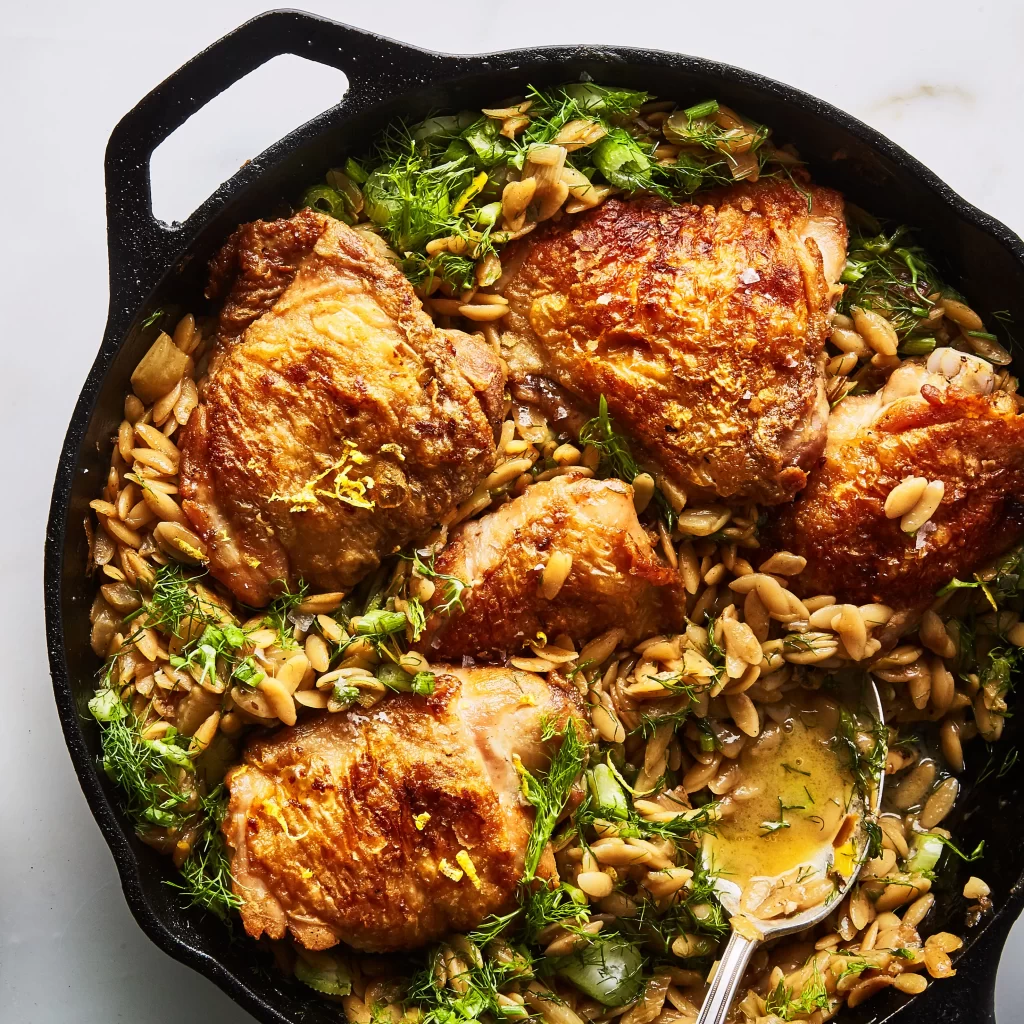
Global Flavors Made Easy: International Cuisine at Home
Bringing international flavors to the dinner table doesn’t have to involve complicated recipes or hard-to-find ingredients. Many global dishes can be simplified for quick weeknight cooking while still retaining their essential flavors. Mexican-inspired meals, for instance, can be as simple as assembling quick tacos with seasoned ground beef or chicken, topped with store-bought salsa and pre-shredded cheese. For an Indian-inspired meal. A quick curry can be made using curry paste or powder, coconut milk, and pre-cut vegetables, served over rice.
Greek flavors can be easily incorporated into a dinner by making a simple Greek salad with feta cheese and olives, paired with store-bought tzatziki and pita bread. Asian-inspired stir-fries, as mentioned earlier, are quick to prepare and can utilize a variety of sauces available in most grocery stores. Italian cuisine lends itself well to easy dinners. With dishes like pasta carbonara requiring just a few ingredients and minimal cooking time.
For those interested in Middle Eastern flavors, a quick tabbouleh salad paired with hummus and falafel (which can be found pre-made in many stores) makes for a satisfying meal. The key to incorporating global flavors into easy dinners lies in stocking a pantry with versatile ingredients like various spices, canned beans, coconut milk, and international sauces or condiments. These items can quickly transform simple ingredients into dishes with global flair.
Conclusion: Embracing Easy Dinners for a Balanced Life
In conclusion, preparing quick and easy dinners doesn’t mean sacrificing flavor, nutrition, or the joy of home-cooked meals. The variety of options presented in this blog post demonstrates that with a little planning and the right techniques, anyone can create delicious dinners that fit into a busy lifestyle. From one-pot wonders to global-inspired quick meals, these dinner solutions offer something for every taste preference and skill level. The key to success with easy dinners lies in flexibility and creativity. Keeping a well-stocked pantry, learning to substitute ingredients, and being open to new flavor combinations can turn dinner preparation from a chore into an enjoyable part of the day.
By incorporating these easy dinner strategies, individuals and families can reduce stress around mealtime, save money on takeout, and enjoy more quality time together. Remember, the goal of easy dinners is not just to feed oneself or one’s family, but to do so in a way that supports overall well-being and life balance. With practice, preparing quick and nutritious dinners will become second nature, leaving more time and energy for other important aspects of life. Ultimately, mastering the art of easy dinners is about more than just food—it’s about creating a sustainable, enjoyable lifestyle that prioritizes both nourishment and convenience.
